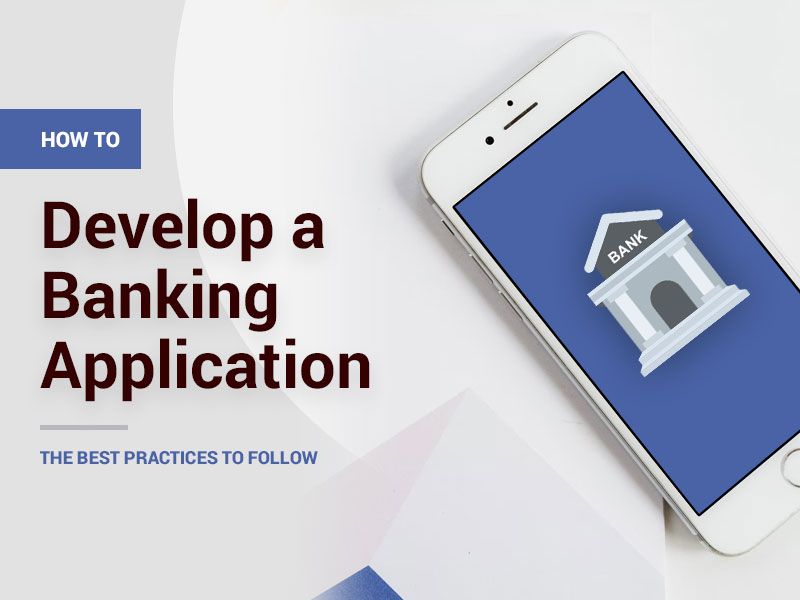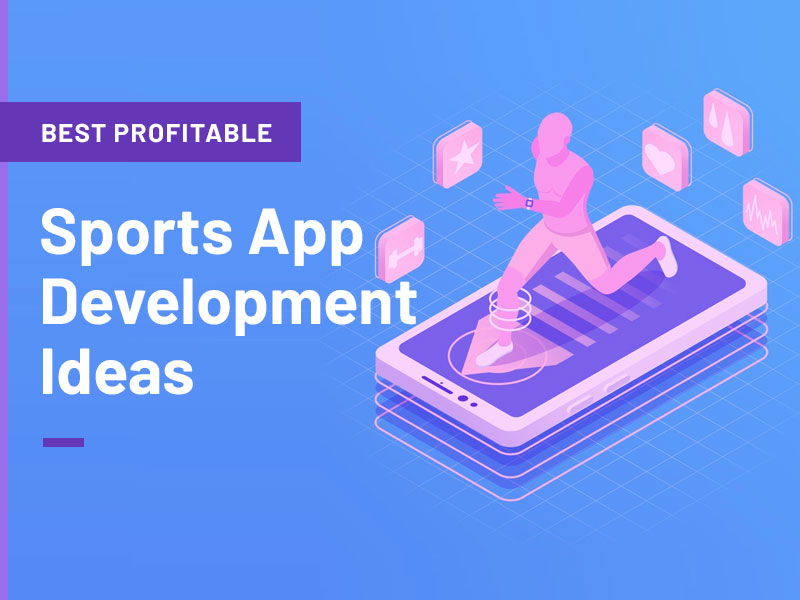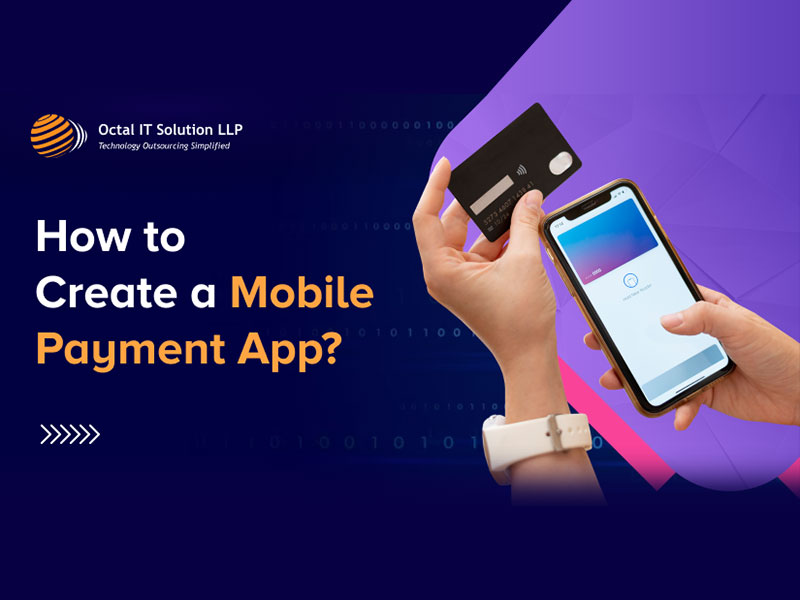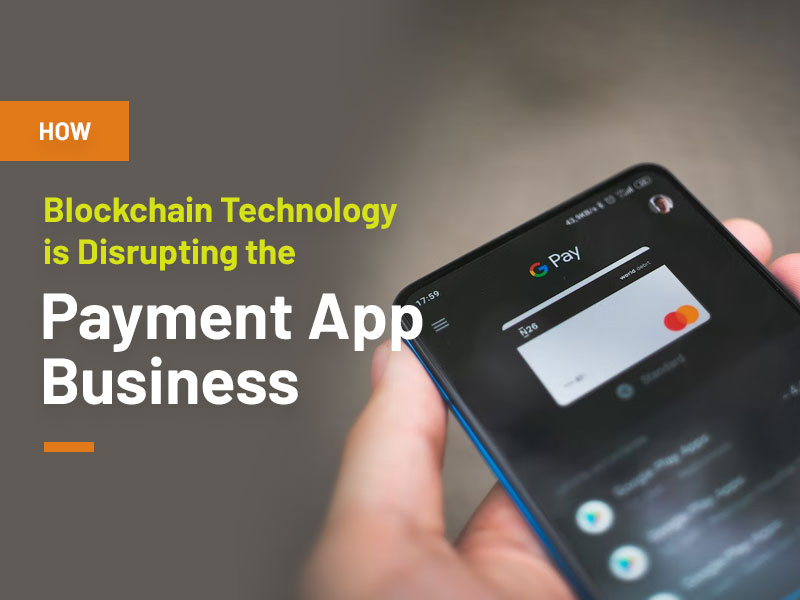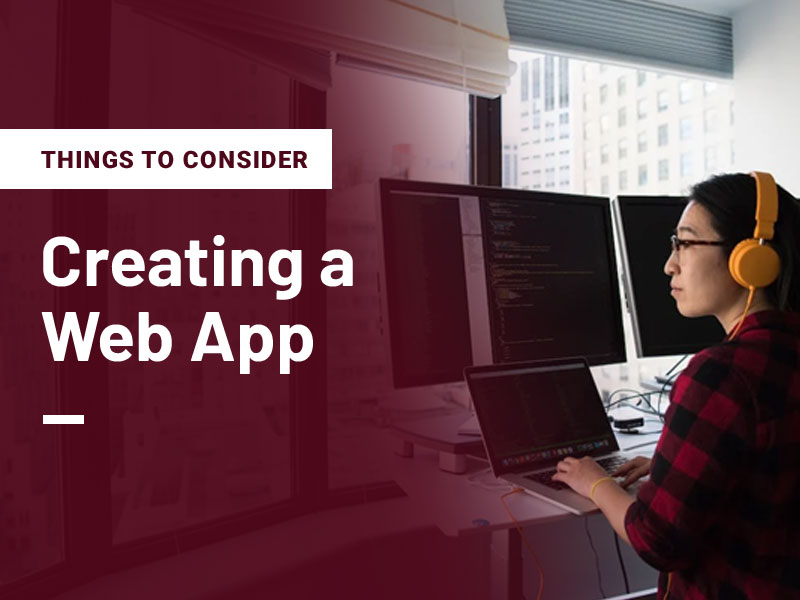In this article, we share trends and the best practices in fintech and what you need to know about how to build a banking app.
The fintech field is facing a new era – simplified personal finances. It means that users can now transfer money to different accounts, pay bills, or even deposit money fast and secure, with a single smartphone at hand. And as per recent research, mobile banking apps take leading positions in fintech.
Large international banks already know how to build a banking app since they understand the need to catch up with digital changes and provide their users with the best online user experience. So, let’s dive deep into mobile banking industry trends and find out how to develop banking application like Bank of America, Capital One, or Wells Fargo.
Industry and mobile banking trends overview
When we speak about mobile banking, we mean a software tool provided by the bank to its clients to perform daily operations faster via smartphone. In most cases, financial institutions stop by mobile banking applications development. This trend is especially vivid in China, Eastern Europe, and Latin America.
Find more trends below:
- Payments voice control became a convenient tool that increases the security of the system against criminals.
- Fraud detection tools are getting smarter to track and prevent criminal activity. So when you start to build your own banking app, don’t forget about fraud detection.
- Customer support optimization. Modern fintech solutions are based on AI tools like ML and natural language processing (NLP). It helps to personalize services and predict customer behavior.
- Card-free money withdrawal from an ATM and Offering portable card machines to merchants.
Features to build a mobile banking app
Before answering the big question, “How to build a banking app?” let’s consider some essential steps regarding planning and development like obligatory features set.
- Personal User account
- Key financial transactions
- Transaction management
- In-app notifications
- Offline access
- 24/7 Support
These features are enough for the initial MVP product version. If you want to make a mobile banking app stand out from the competition, you need more advanced features: multiple bank accounts support, integration with wearables, like smartwatches and such;
Top 3 Mobile Banking Applications
Of course, the market for banking apps is huge, still there is always room for young progressive startups and new market players. If you are in doubt about how to create a banking app that will succeed, these best practices can help you find inspiration:
Bank of America
Being the nationwide leader, Bank of America is the largest financial institution in the USA. It has created an innovative mobile solution for American users. There are over 110 technologies used in the app development, including but not limited to some basics like Google Analytics, Viewport Meta, and jQuery for JS and HTML.
The app tools have eased the daily banking routine. Below is the functionality of the app:
- Making payments and transfers (with Zelle, for example);
- Advanced security with biometric Touch ID access, notifications about suspicious actions under account;
- Electronic invoices payment;
- Mobile deposit and cashback;
- Search for ATMs;
- Virtual assistant;
- and more.
Capital One
This fintech solution rates high thanks to its perfect customer service as well as helpful tools for saving.
Just like the previous system, the app is top secure and sends notifications to users if any suspicious activity is spotted under the account. This native app for both iOS and Android users is built on the following tech stack: Java, HTML5, SPF, and jQuery.
Some basic app features:
- Storing all cards in the application with 24/7 support and access;
- Bank account management, including loans;
- Credit history and purchases tracking;
- App control via wearables, like Apple Watch; and
- Touch ID access and blocks bank cards.
Wells Fargo
Here is one more example of when a large fintech company thinks of its end-users and creates a simple, effective, convenient, and secure mobile banking solution with the help of bank software developers. This application allows making different money transfers, investing in stocks, controlling expenses, and more. The tech stack for this app is Java EE, HTML5, Google Analytics, PHP, and Bootstrap.
Below is the list of features used in the app:
- Personal account with high-security protection;
- Balance check;
- Transactions history;
- Paying bills;
- Investing funds;
- In-app notifications; and
- Stock quotes.
Bottom line
If you are building a banking application, get ready for challenges and competition in advance. The biggest challenges are personal data, transactions, and client money security.
However, don’t be afraid of these challenges. It’s smart to look around and learn from big players on the market and your competitors on how to build a banking app, how to minimize possible risks, and what features people need and love.
